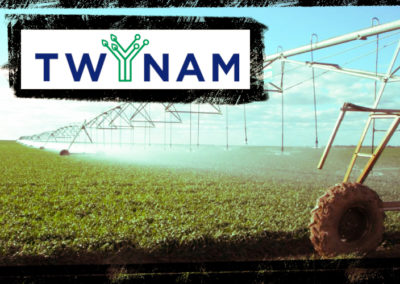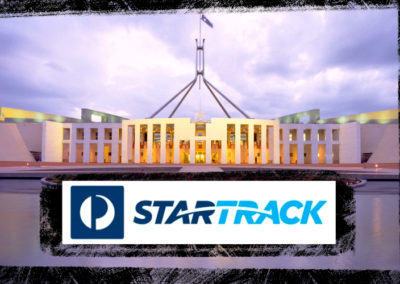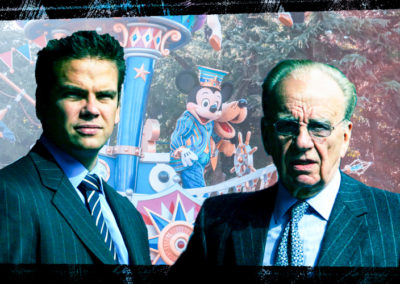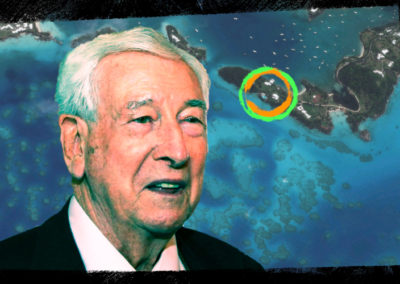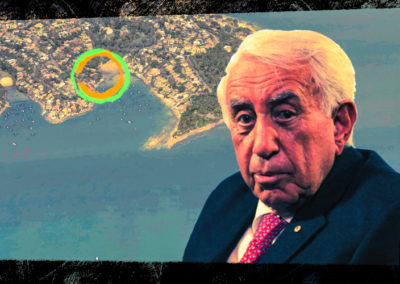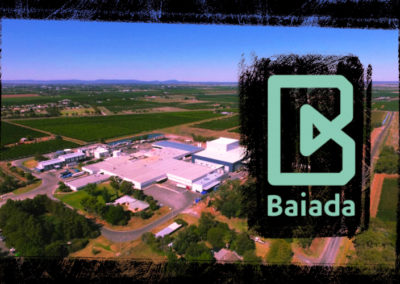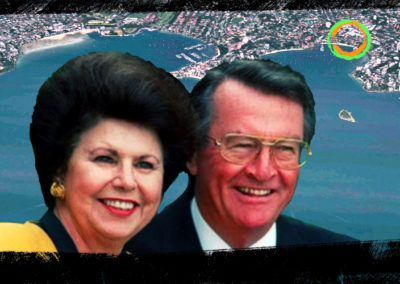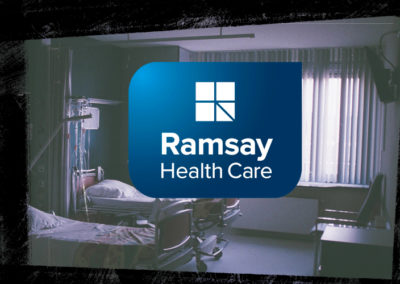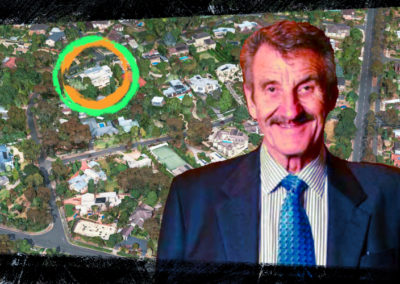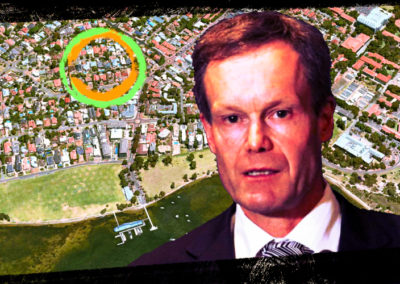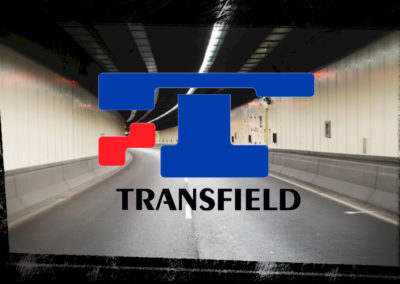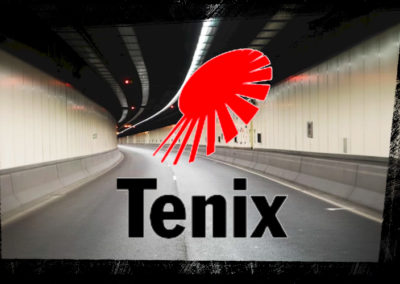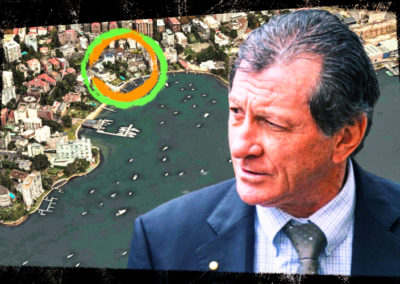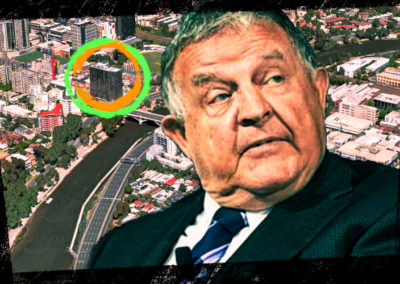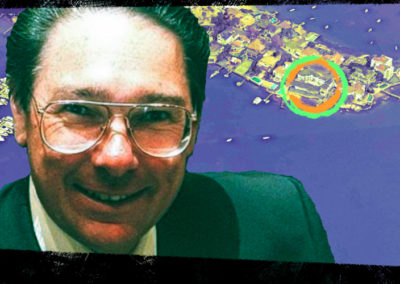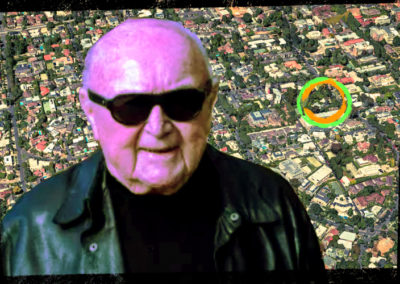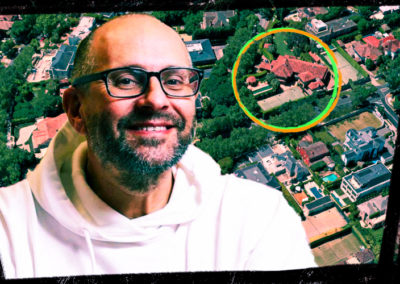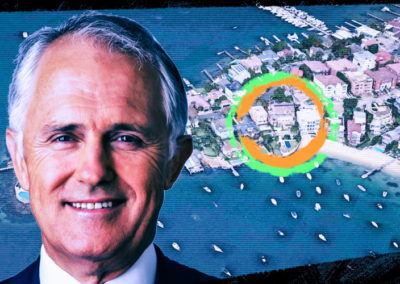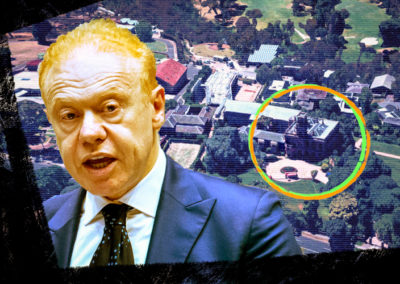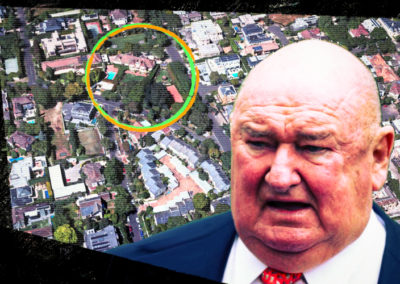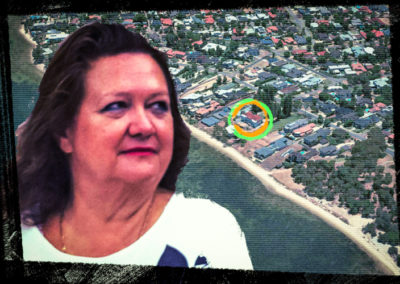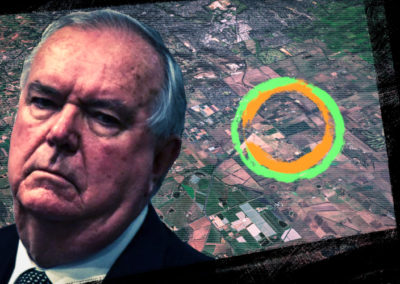Russell Withers shot to infamy in 2015 when 7-Eleven franchises in Australia were exposed for wage theft. The billionaire is affiliated with three Dark Companies on the grandfathered list.
| Top 200 Rich List (2020) | No. of Dark Companies: 3 | Political Donations since FY 1998-99 |
|---|---|---|
| Rank: 54 | R.G. Withers Nominees Pty. Ltd. | Labor Party: $0 |
| Wealth: $1.79b | 7 Holdings Pty. Ltd. (SGE) | Coalition: $0 |
| Wealth (2019): $1.33b | 7-Eleven Stores Pty Ltd | Independent: $0 |
| YoY wealth change: 34.6% | Total: $0 |
One of Russ Withers’ companies – 7 Holdings Pty Ltd – is classed as a “significant global entity” or “SGE” (see explainer below). Its parent company, also on the Secret Rich List, is R.G. Withers Nominees. This company is the sole shareholder of 7 Holdings which directly owns the company under fire for the wage scandals, 7-Eleven Stores Pty Ltd, also a Dark Company.
Withers and his family recently made $156 million via the sale of a number of their 7-Eleven stores. In February this year, the billionaire made $78 million from the sale of 18 7-Eleven stores. This is on top of an additional $78 million from the sale of 15 7-Elevens in October 2019.
In 2015, Withers’ 7-Eleven Stores was found to have systematically underpaid its staff in a joint investigation by the ABC’s Four Corners and The Age. It found the routine exploitation of workers, who in some cases made as little as $5 an hour, was endemic to the business model of its franchisees, with head office “turning a blind eye”.
Following this scandal, Withers resigned as Chairman of 7 Holdings. Yet he still owns shares in the retail empire through Dark Company R.G. Withers Nominees.
7-Eleven Stores has since paid back $176 million in stolen wages to its staff. However, according to Allan Fels, who headed the panel for the repayment of wages, this only represents a fraction of the real amount owed to workers.
Deeper investigation into the financial structure of 7-Eleven Stores is not helped by the fact its financial accounts are protected by the 25-year-old grandfathering exemption.
Staff writers who have worked on one or more of our special investigative projects include Zacharias Zsumer (War Powers), Stephanie Tran, Tasha May and Luke Stacey.

